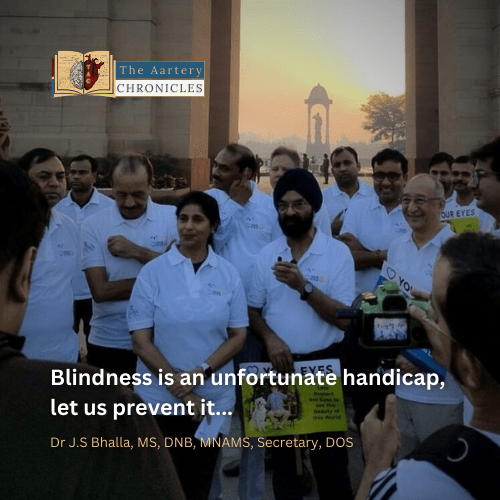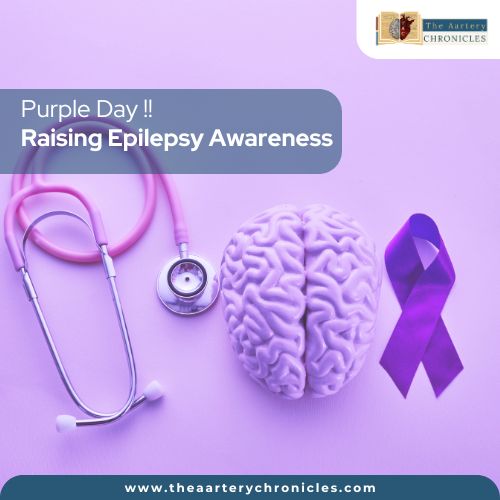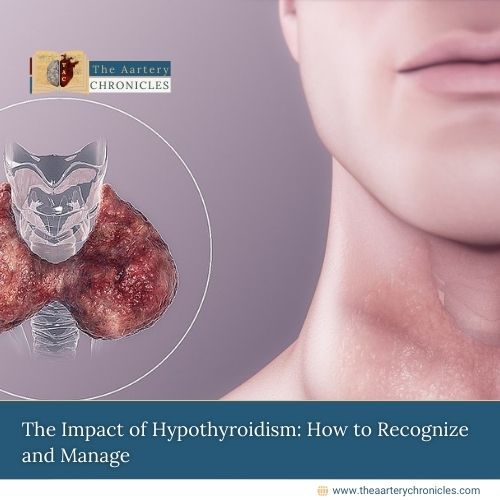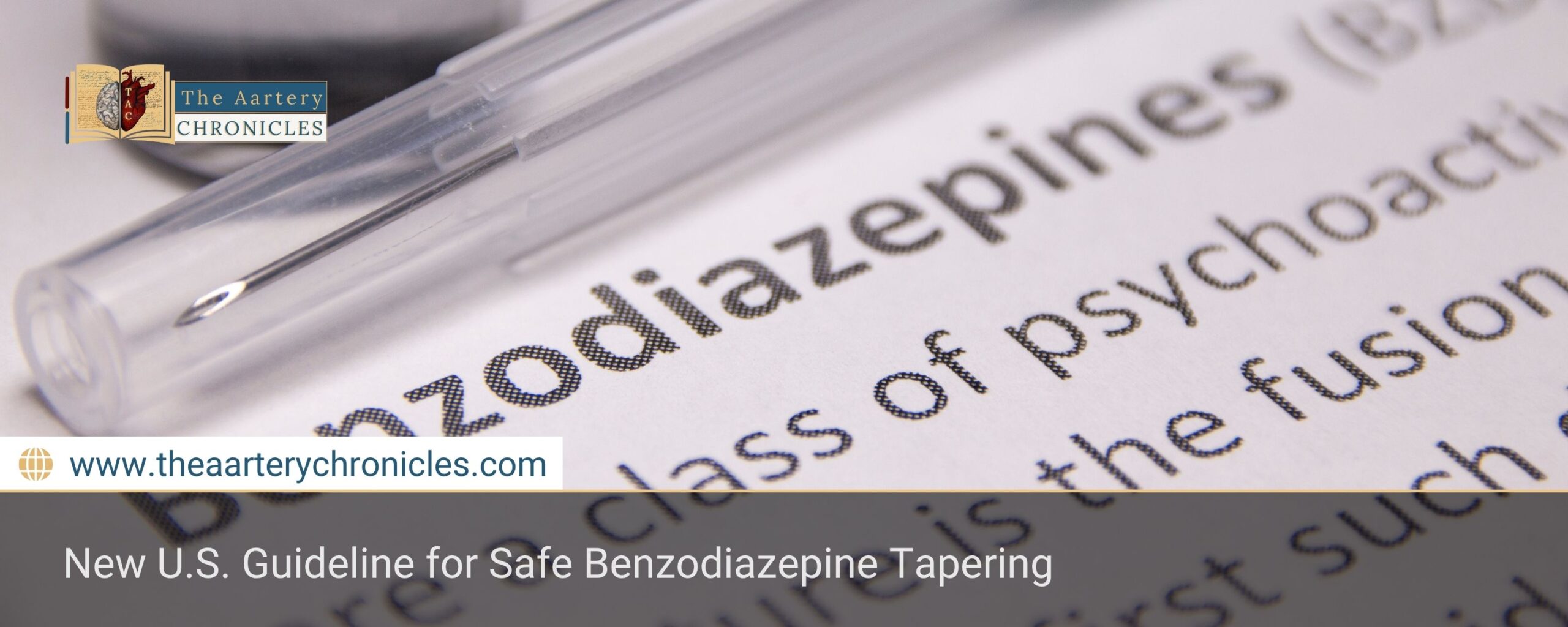
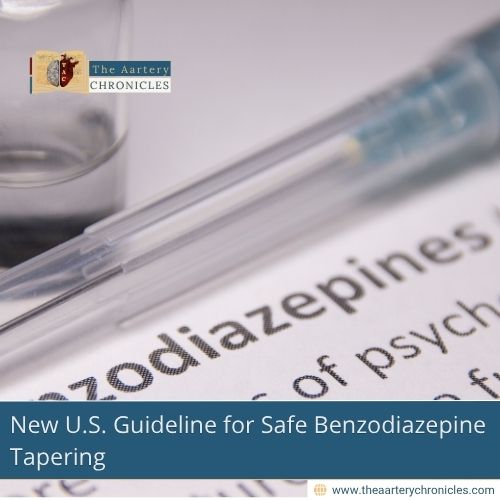
New U.S. Guideline for Safe Benzodiazepine Tapering
Summary: A new US guideline assists physicians in tapering benzodiazepines (BZDs) safely when risks outweigh benefits. Created by 10 major medical societies, it focuses on individualised tapering schedules, shared decision-making, gradual dose tapering, and psychosocial support to reduce withdrawal symptoms and enhance outcomes, particularly in high-risk patients.
Are Benzodiazepines More Harmful Than Helpful Now?
Benzodiazepines (BZDs) have been employed for several decades to manage anxiety, insomnia, and various diseases, but are associated with long-term dependency, withdrawal, and other adverse health consequences. Having the escalating issue in mind, a new updated U.S. guideline has emerged that is providing advice to healthcare workers on how to taper benzodiazepines safely when the risks of ongoing use eventually exceed the benefits.
Published in the Journal of General Internal Medicine, this guideline is the result of a major collaboration between the American Society of Addiction Medicine (ASAM) and nine other medical societies. The focus is clear: provide evidence-informed, consensus-based strategies for gradually reducing and eventually discontinuing benzodiazepines in adult patients, especially those who are physically dependent or vulnerable to complications.
Importance of Guidelines
Without first-rate clinical trials to substantiate it, advice on tapering BZD is given based on consensus and routine clinical practice. Never before, though, has such counsel more urgently been needed, especially in
- The elderly
- Pregnant women
- Those with concomitant mental or medical illness
This guideline offers a complete road map for clinicians who are experiencing benzodiazepine tapering. It stresses
- Flexibility
- Shared decision making
- Support during the tapering process
Key Recommendations for Tapering Benzodiazepines Safely
1. Assess Risks and Benefits Regularly
Physicians should regularly examine whether benzodiazepines are still providing therapeutic benefits or if dangers such as addiction and falls now supersede benefits. When risks prevail, tapering must be initiated.
2. Identify High-Risk Populations
Close supervision is indicated in patients who:
- Are 65 years and above
- Have disorders of substance use
- Are on opioids at the same time
- Are pregnant
- Have physical or mental co-morbidities
These individuals may require slower tapering, more supervision, or even inpatient care
3. Embrace Shared Decision-Making
Tapering schedules should involve open communication among patients, caregivers, and healthcare professionals. It establishes
- Trust
- Minimizes fear
- Maximises compliance with the tapering schedule
4. Avoid Abrupt Discontinuation
Abrupt cessation of benzodiazepines will induce very severe withdrawal, including status epilepticus. Gradual, tailor-made tapering is needed to ensure safety.
Outpatient vs Inpatient: Where Should Tapering Happen?
Whereas most patients can be tapered safely on an outpatient basis, inpatient or residential treatment is indicated for patients at increased risk for complications or withdrawal crises.
Start Low, Go Slow: Tapering Pace
Tapering must be slow, personalised, and patient needs sensitive. The following are a few key strategies encouraged in the guideline:
- Initiate with 5–10% dose reductions every 2 to 4 weeks
- Long-term users can take months to years to safely taper off
- Consider changing to a long-acting BZD such as diazepam for more consistent tapering
Support Mental Health Alongside Tapering
Cognitive Behavioural Therapy (CBT), particularly to treat insomnia, has proven to decrease withdrawal symptoms as well as anxiety. Treatment of secondary mental illnesses, such as depression or PTSD, is also critical to effectiveness.
Harm Reduction: Minimize the Risk
For the sake of safety in tapering, the treatment process should incorporate harm reduction techniques:
- Administer naloxone if opioid overdose is a risk
- Inform patients about possible withdrawal symptoms
- Reconnect them with addiction support or services if necessary
The Need for More Research
This guideline, while being largely expert-led, addresses an essential clinical need. It also encourages further high-quality research that will further enhance and refine benzodiazepine tapering regimens.
Conclusion: A Roadmap for Safe Benzodiazepine Tapering
Benzodiazepine tapering is no one-size-fits-all endeavor. This new guideline is empowering clinicians to develop customized, adaptable tapering plans, accompanied by mental health support and active patient participation. It values safety, lucidity, and overall well-being, particularly in patients where ongoing BZD use is most likely to be causing more harm than benefit.
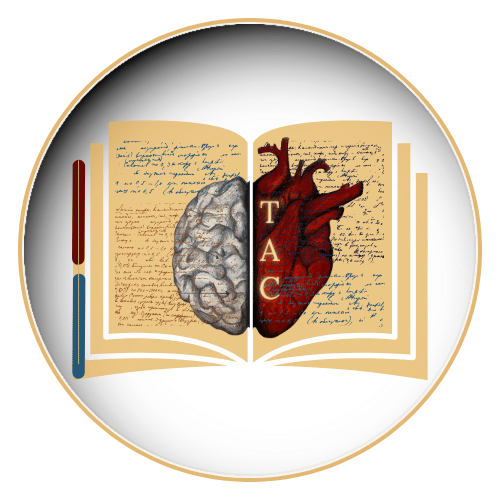
Dane
I am an MBBS graduate and a dedicated medical writer with a strong passion for deep research and psychology. I enjoy breaking down complex medical topics into engaging, easy-to-understand content, aiming to educate and inspire readers by exploring the fascinating connection between health, science, and the human mind.

